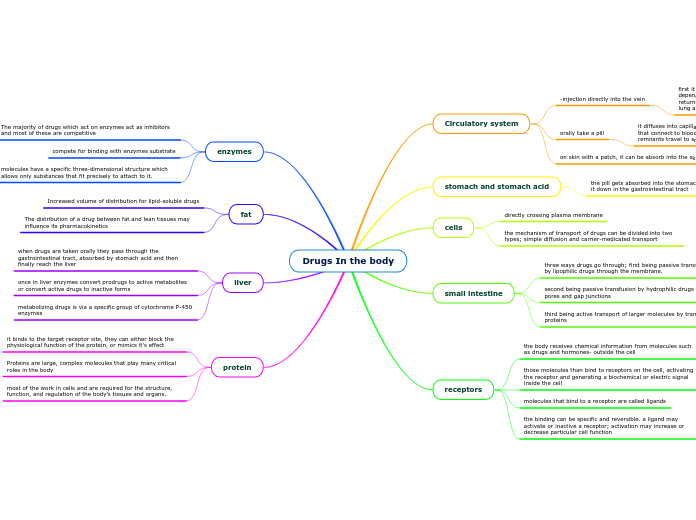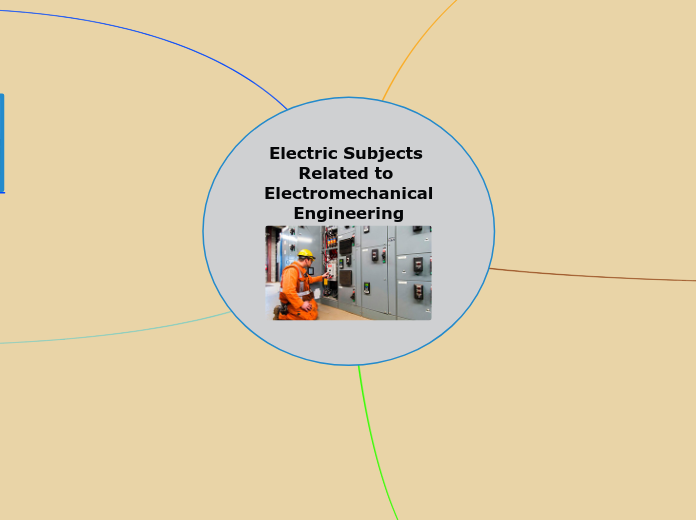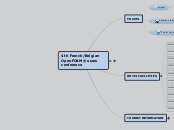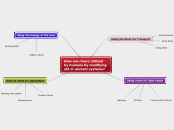por Shayla Tremblay 3 anos atrás
262
Drugs In the body
The journey of drugs within the human body involves several stages and mechanisms that determine their efficacy and behavior. Initially, drugs taken orally are absorbed through the gastrointestinal tract, involving the stomach lining and small intestine, before reaching the liver.









